Tesla's Safety Report Sheds Light on Autonomous Driving Performance
In a move to address growing calls for transparency, Tesla has published a detailed report on the performance and relative safety of its advanced driver-assistance software. The report comes just weeks after Waymo co-CEO Tekedra Mawakana urged companies to release more data on their autonomous driving systems. The new report provides a comprehensive look at the safety metrics of Tesla's Full Self-Driving (Supervised) software, which is currently being tested by thousands of owners in North America.
According to the report, owners using the Full Self-Driving (Supervised) software have driven around 5 million miles before experiencing a major collision and approximately 1.5 million miles before a minor collision. These numbers are significantly lower than the national average, as reported by the National Highway Traffic Safety Administration (NHTSA). The NHTSA statistics show that drivers in the United States experience a major collision every 699,000 miles and a minor collision every 229,000 miles.
Tesla's safety report is a departure from its previous quarterly reports, which were criticized for being insufficient. The company has also been tight-lipped about the safety performance of its Robotaxi trial in Austin, Texas, which has been running since this year. The trial, which aims to test the feasibility of autonomous taxis, has employees in the driver's seat monitoring for safety reasons.
The release of Tesla's safety report is significant, not only because it provides valuable insights into the performance of its autonomous driving system but also because it sets a new standard for transparency in the industry. Waymo, the leading robotaxi company, has been a vocal advocate for the release of more data on autonomous driving systems. The report is likely to put pressure on other companies in the industry to follow suit.
Tesla's Full Self-Driving (Supervised) software is a key component of the company's autonomous driving strategy. The software uses a combination of cameras, radar, and ultrasonic sensors to enable semi-autonomous driving capabilities. The software is currently available on select Tesla models, including the Model S, Model X, Model 3, and Model Y.
The release of Tesla's safety report is likely to have a significant impact on the autonomous driving industry. As more companies begin to release data on their safety performance, it will become increasingly difficult for them to hide behind a veil of secrecy. The report is also likely to put pressure on regulators to establish clear guidelines for the testing and deployment of autonomous driving systems.
Looking ahead, the release of Tesla's safety report is a significant step forward for the autonomous driving industry. As the industry continues to evolve, it is likely that we will see more companies releasing data on their safety performance. This increased transparency will be essential for building trust with consumers and regulators alike. With Tesla setting the standard for transparency, it will be interesting to see how other companies respond to the challenge.
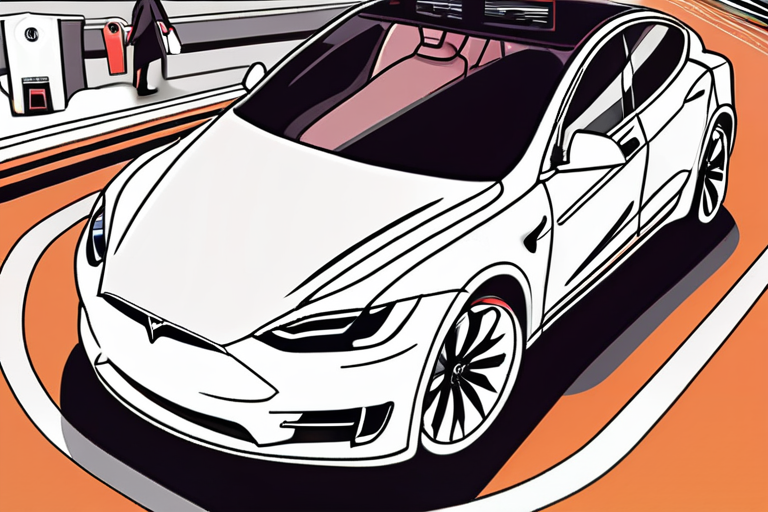


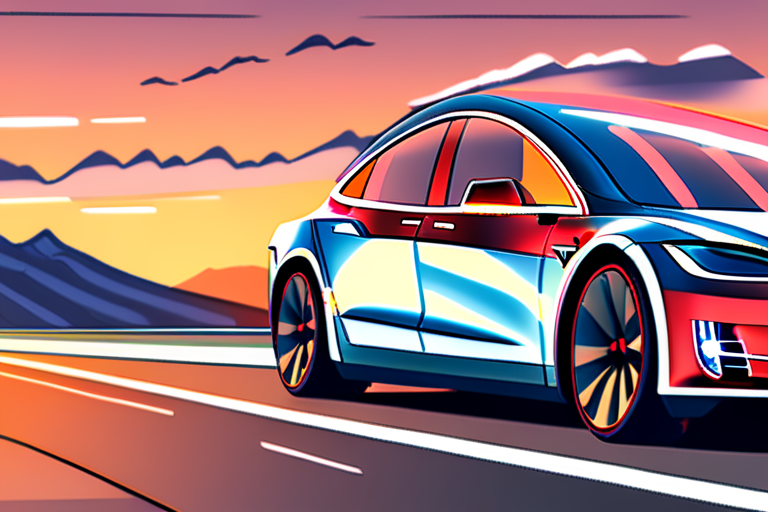

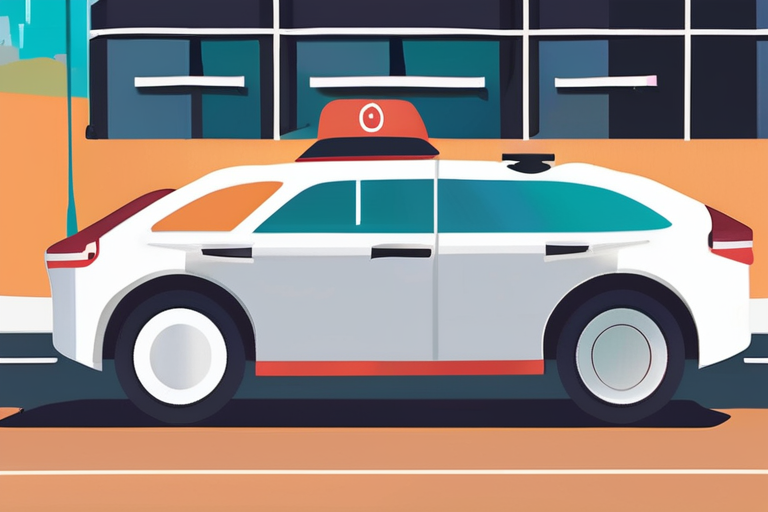
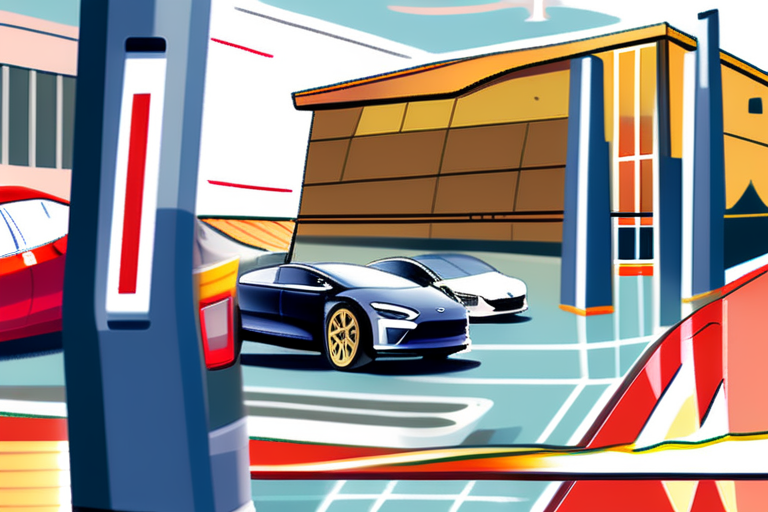

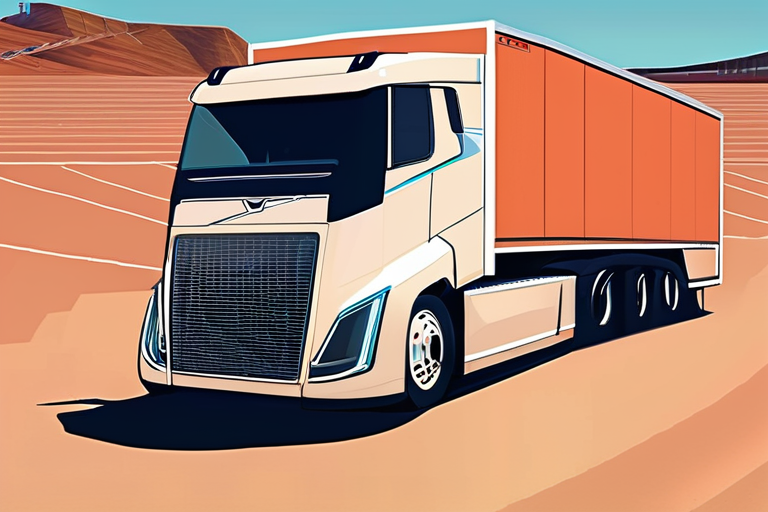
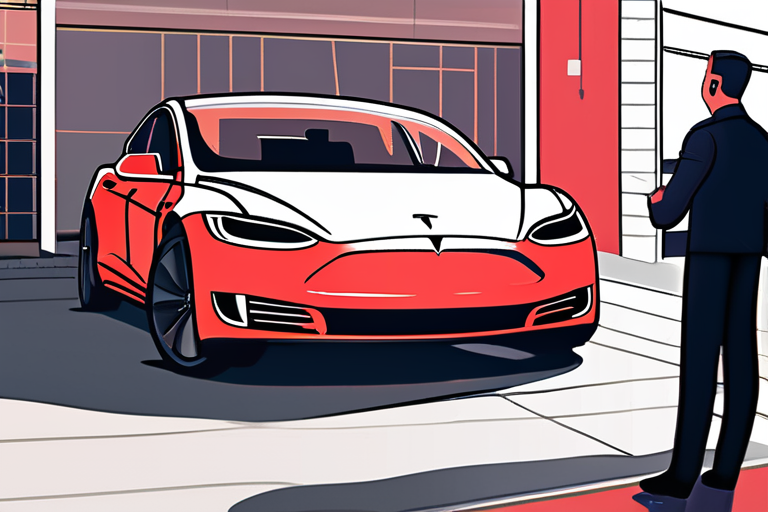
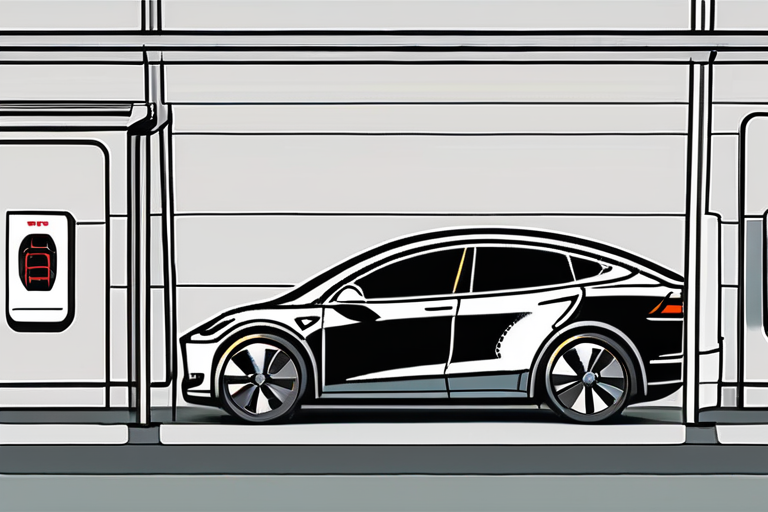
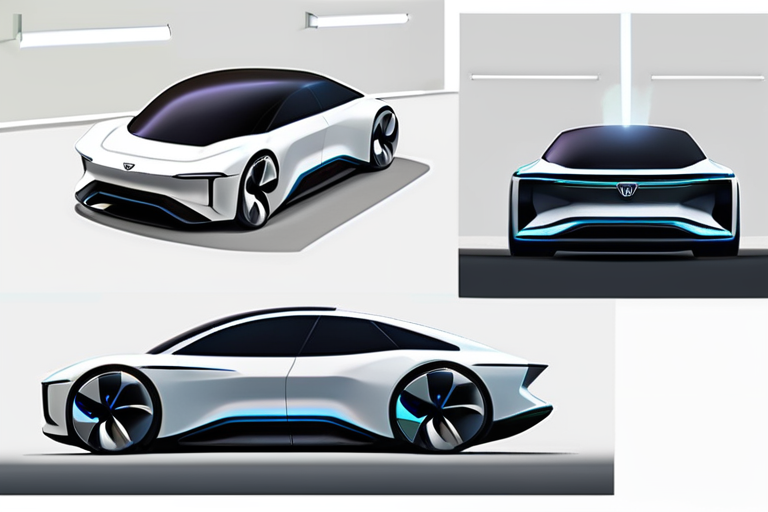
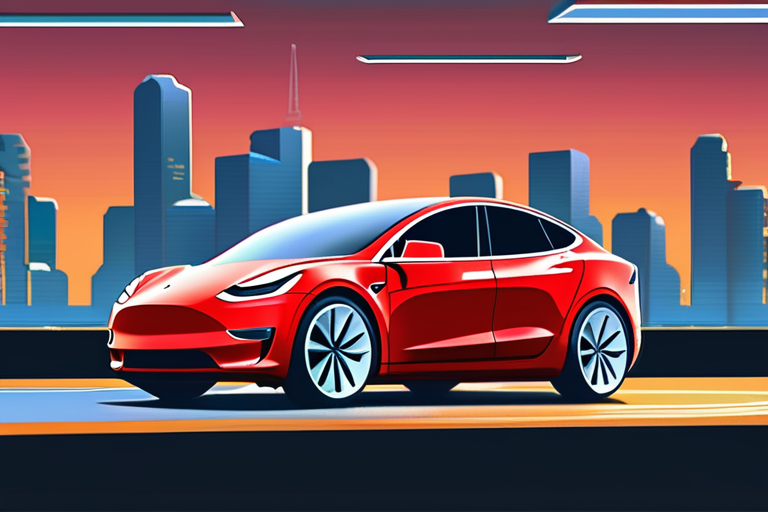


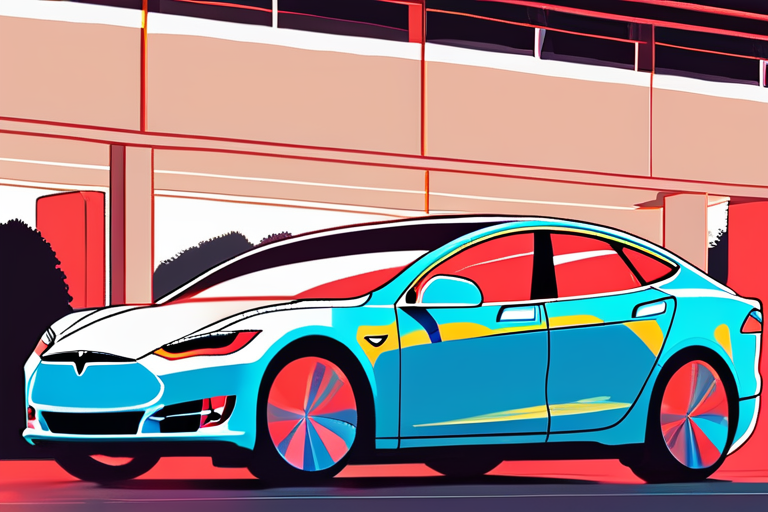
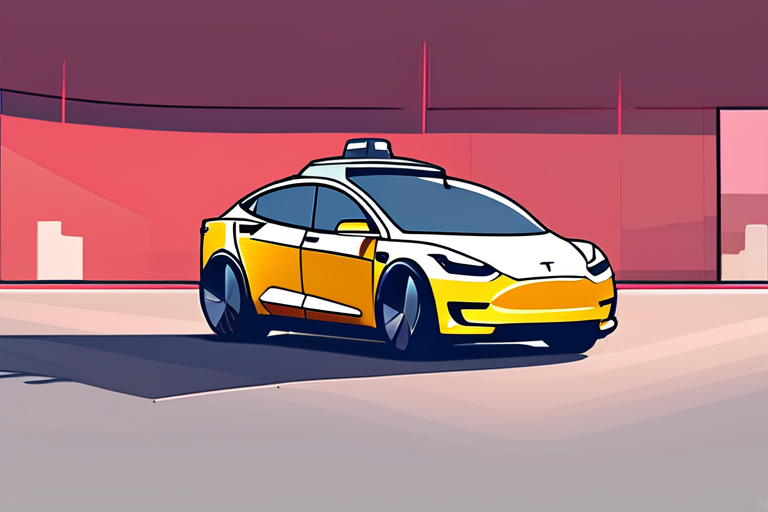

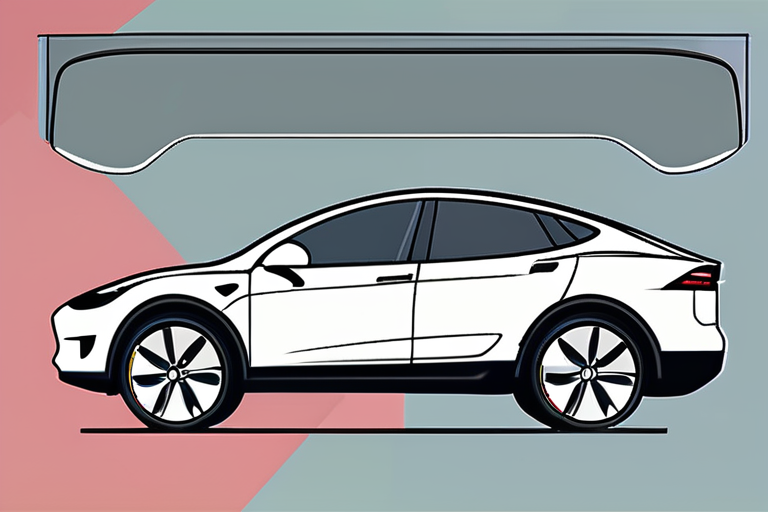


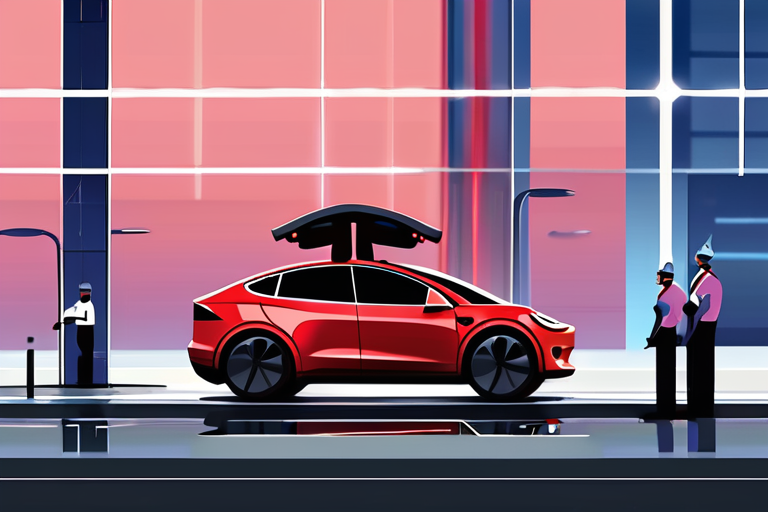

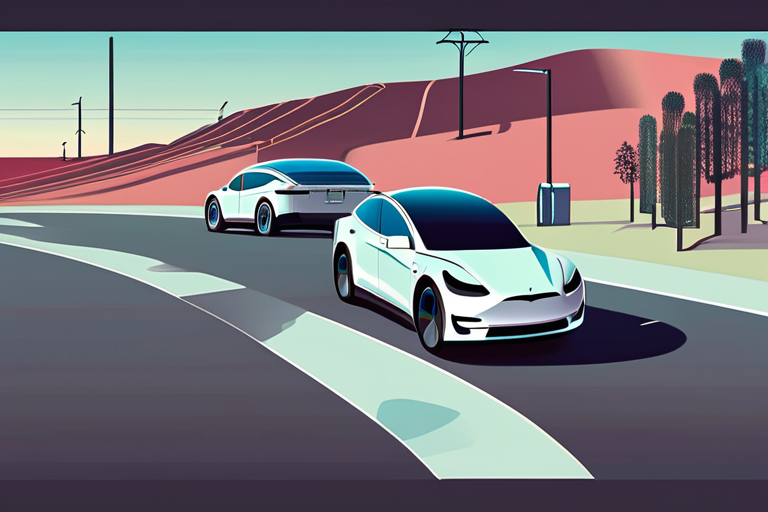



Share & Engage Share
Share this article